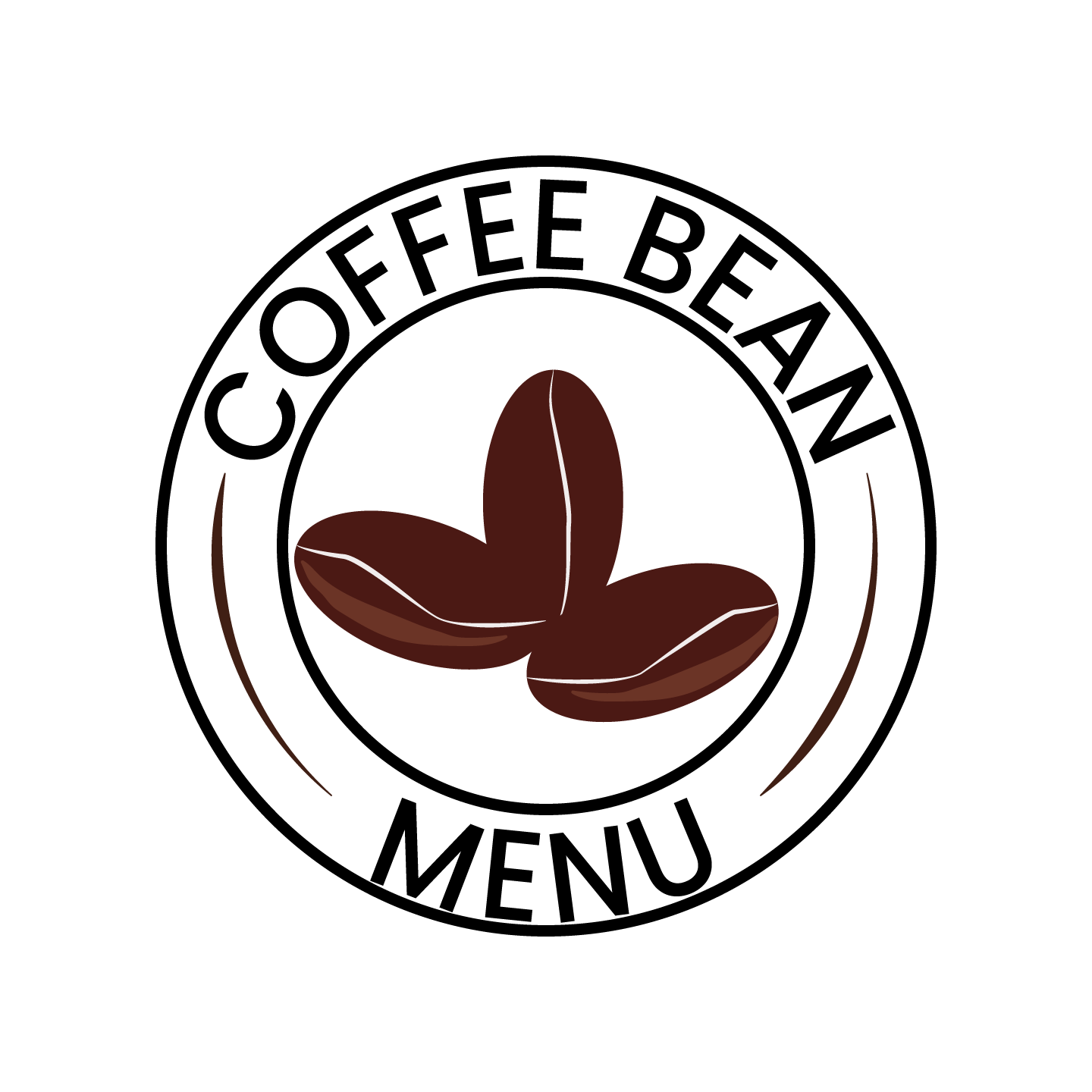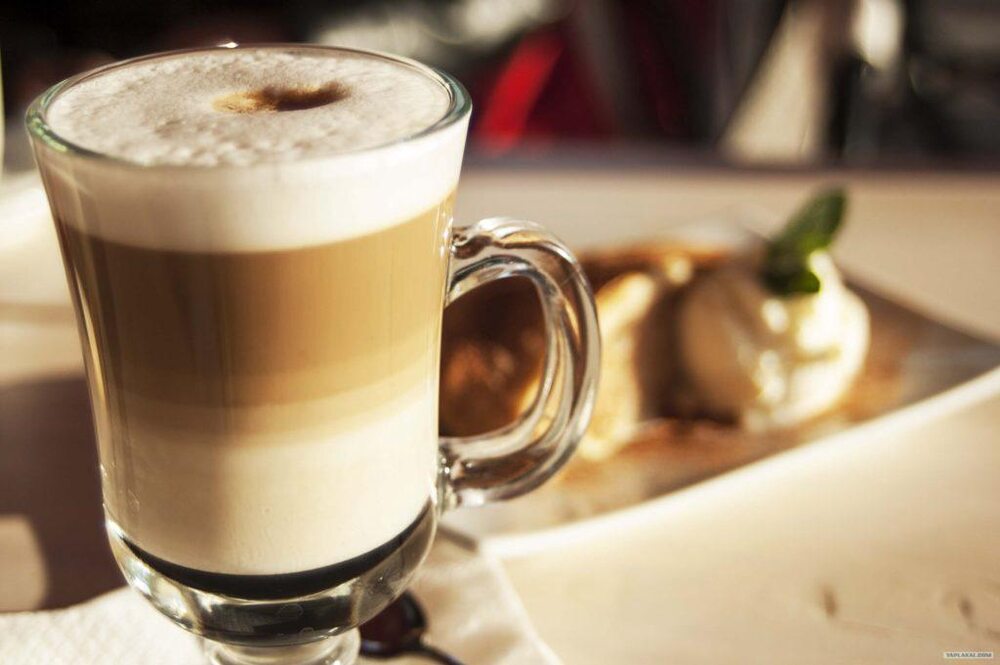Is latte French or Italian? The answer may surprise you: it’s a bit of both. As a coffee lover, I’ve often pondered the origins of this delightful beverage and how it fits into the rich tapestry of global coffee culture. The term “latte” itself is Italian, derived from the Italian phrase caffè latte, meaning “milk coffee.” However, the concept of combining coffee with milk has roots in both French and Italian coffee traditions. In this article, we’ll explore the history of the latte, its cultural influences, and of course, the sheer joy of savoring a perfectly crafted cup. So, let’s embark on a journey through time and taste, unraveling the mystery of the latte’s origins and its place in the world of coffee.
What is a Latte?
Before we dive into the origins of the latte, let’s first define what it is. A latte, short for caffè latte in Italian, is a popular coffee beverage consisting of espresso and steamed milk. Typically, a shot of espresso is combined with steamed milk, creating a creamy and smooth drink. Some variations may include a thin layer of frothed milk on top for added texture and presentation. The ratio of espresso to milk can vary depending on personal preference, but a common ratio is one-third espresso to two-thirds milk.
The Origins of Latte
Now, onto the million-dollar question: Is latte French or Italian? To uncover the truth, we need to explore the historical roots of this beloved beverage. The term “latte” itself is Italian, derived from the Italian phrase caffè latte, which translates to “milk coffee.” However, the concept of combining coffee with milk is not exclusive to Italy.
French Influence on Coffee Culture
France has a rich coffee culture with its own unique traditions and beverages. While coffee originated in Ethiopia and spread across the globe, it found its way to France in the 17th century. French cafes became iconic gathering places where intellectuals, artists, and locals alike would gather to socialize and enjoy a cup of coffee.
In France, you’ll find a variety of coffee drinks, from the bold and intense espresso to the frothy and indulgent café au lait. Café au lait, similar to a latte, consists of equal parts brewed coffee and steamed milk. It’s often served in a bowl rather than a cup, allowing for ample room to dip croissants or baguettes.
French cafes played a significant role in shaping global coffee culture, influencing everything from the art of coffee brewing to the ambiance of coffee shops around the world.
Italian Influence on Coffee Culture
Italy, on the other hand, is renowned for its espresso culture. Coffee arrived in Italy in the 16th century, and over time, Italians developed a deep appreciation for the art of espresso making. Espresso, a concentrated form of coffee brewed by forcing hot water through finely-ground coffee beans, became synonymous with Italian coffee culture.
In Italy, you’ll find a plethora of espresso-based beverages, from the intense and potent ristretto to the indulgent and velvety cappuccino. While the latte as we know it today may not be as prevalent in Italy as it is in other parts of the world, the concept of combining espresso with milk is undeniably Italian in origin.
Italian cafes, particularly in cities like Rome and Milan, are iconic destinations where locals gather to enjoy their daily espresso fix, often accompanied by lively conversation and people-watching.
Latte: A Blend of Cultures
So, where does that leave us with the question of whether the latte is French or Italian? The truth is, the latte is a product of both French and Italian coffee cultures. It embodies the essence of both traditions, marrying the bold flavors of espresso with the creamy richness of steamed milk.
When you take a sip of a perfectly crafted latte, you’re not just tasting a delicious beverage – you’re experiencing a fusion of centuries-old coffee traditions. It’s a testament to the global influence of coffee and the way it brings people together across cultures and continents.
The Latte Experience
As a coffee lover, there’s nothing quite like the experience of enjoying a well-made latte. The aroma of freshly brewed espresso mingling with the creamy sweetness of steamed milk is enough to awaken the senses and uplift the spirits.
One of my favorite rituals is visiting my local coffee shop and ordering a latte made with care and attention to detail. Watching the barista expertly pull shots of espresso, steam the milk to perfection, and pour it all together into a work of art is truly mesmerizing.
And then comes the moment of truth – taking that first sip of velvety smoothness, feeling the warmth of the drink enveloping my senses, and savoring the harmonious balance of flavors. It’s a moment of pure bliss, a brief respite from the hustle and bustle of daily life.
Conclusion
In conclusion, the question of whether the latte is French or Italian is not easily answered. It’s a beverage that transcends borders and cultural boundaries, embodying the best of both French and Italian coffee traditions. Whether you enjoy it in a bustling Parisian cafe or a quaint Italian espresso bar, the latte is a testament to the universal love of coffee and its power to bring people together.
So, the next time you find yourself craving a latte, take a moment to appreciate the rich history and cultural heritage behind this beloved beverage. And as you savor each sip, remember that you’re not just drinking a cup of coffee – you’re experiencing a taste of coffee culture from around the world. Cheers to the latte – a true masterpiece of global gastronomy!







